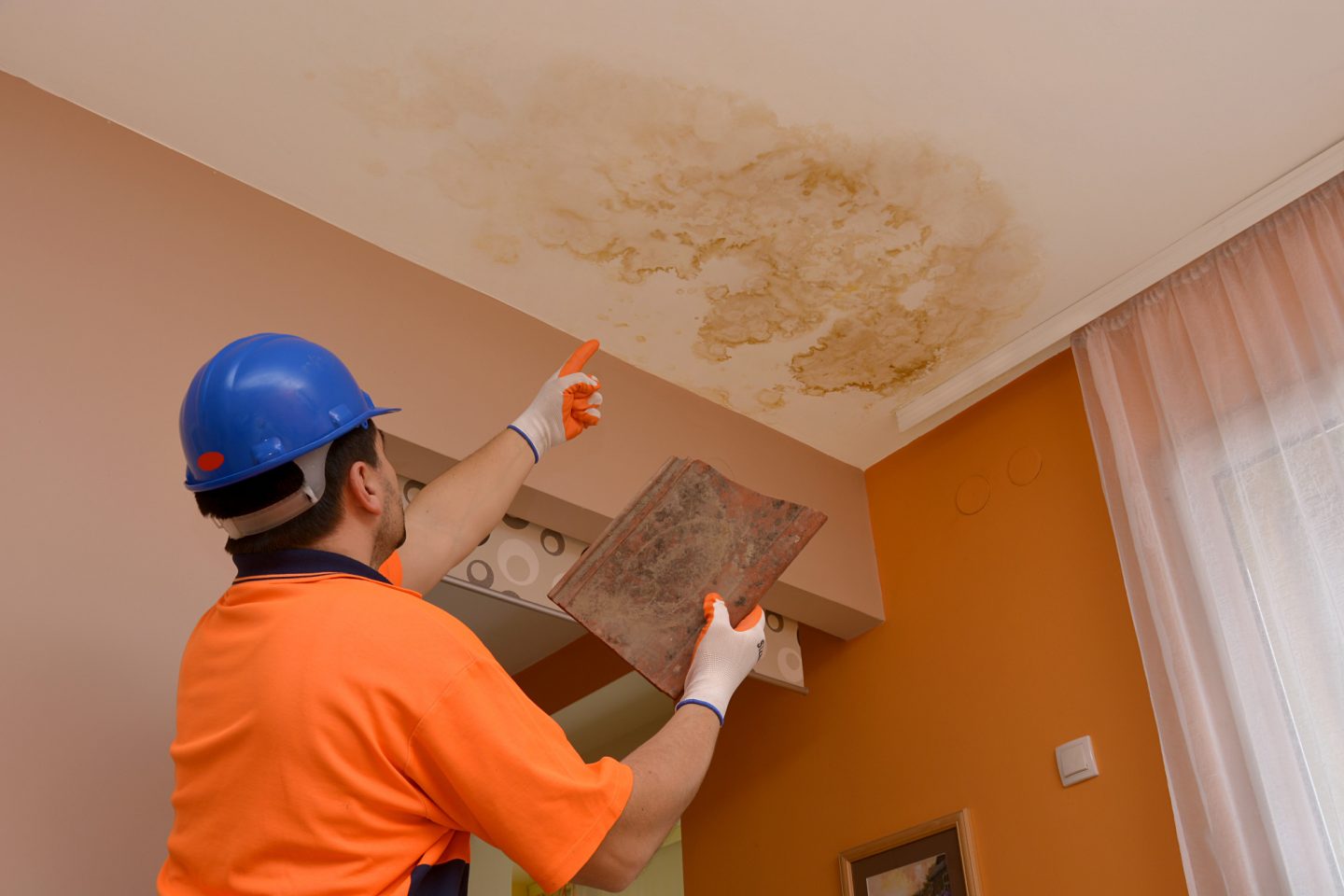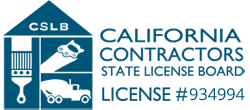
Recovering from a natural disaster can be a daunting and overwhelming process for property owners. However, knowing the best approach to property reconstruction after such an event can significantly reduce stress and lead to a more seamless and positive experience. This article offers five essential tips for rebuilding your Southern California property after a natural disaster, with an emphasis on the advantages of partnering with Restoration Masters to ensure the most effective and efficient recovery possible.
We’ll examine aspects such as insurance claims, property assessment, hiring the right professionals, and utilizing disaster-resistant materials. By following these recommendations, property owners can navigate the reconstruction process more effectively and restore their properties to their previous state or even better. Trust Restoration Masters’ expertise and experience to help you rebuild and recover from natural disasters with confidence and peace of mind.
1. Assess the Property Damage and Document for Insurance Claims
Before starting the reconstruction process, it’s essential to assess and document all damages accurately. This documentation forms the basis for your insurance claims, ensuring adequate coverage of reconstruction expenses. Take the following steps to properly assess and document the damage:
– Safety First: Wait for clearance from authorities before entering the property to ensure the area is safe. Avoid entering any structurally unstable or severely flooded sections.
– Detailed Inspection: Inspect the entire property, including the structure, fixtures, and belongings, for damage. Take note of issues such as water penetration, mold growth, shattered windows, or damaged roofs.
– Photo and Video Evidence: Capture clear photos and videos of all damages, including panoramas to showcase the total extent of the destruction.
– Inventory of Damaged Belongings: Create a detailed inventory of damaged items, noting their age, cost, and current value, to support your insurance claim.
– Contact Your Insurance Provider: Notify your insurance provider about the damages as soon as possible to initiate the claim process.
2. Choose a Reputable, Local Restoration and Reconstruction Company
Selecting the right restoration and reconstruction company is vital for the success of your property’s rebuilding process. Opt for a local, reputable company like Restoration Masters, as they have knowledge about the area’s specific requirements and are readily available for consultation. When choosing a reconstruction team, consider the following factors:
– Experience: Look for a company with extensive experience handling reconstruction projects after natural disasters, as they will have the expertise to manage complex situations effectively.
– Licensed and Certified: Ensure the company is licensed, insured, and certified in relevant areas such as mold remediation or fire and water damage restoration.
– Comprehensive Services: Choose a company offering a full range of services, from inspection and damage assessment to restoration and reconstruction, for a more streamlined experience.
– Reputation: Seek recommendations from friends, neighbors, or read online reviews to gauge the company’s reputation for quality, communication, and customer satisfaction.
3. Develop a Detailed Reconstruction Plan with Your Chosen Professionals
Having a comprehensive reconstruction plan in place is crucial for a smooth and efficient rebuilding process. Collaborate with your chosen restoration and reconstruction professional to create a customized plan that addresses your property’s unique needs. Important aspects to consider when developing your reconstruction plan include:
– Timeline: Develop a reasonable timeline that allows sufficient time for each stage of the process, from initial assessment and removal of debris to the final restoration or rebuilding stages.
– Budget: Establish a clear budget based on the scope of work and available insurance coverage. Ask your restoration company for a detailed estimate outlining all required materials and labor costs.
– Priority Areas: Identify the priority areas requiring immediate attention, such as structural repairs or mold remediation, to prevent further damage and accelerate the recovery process.
– Customization Opportunities: Natural disasters can present opportunities for property upgrades or modifications. Discuss potential customizations or improvements with your reconstruction team, such as energy-efficient solutions or better safety features.
4. Incorporating Disaster-Resistant Materials and Building Techniques
Reconstruction presents an opportunity to improve your property’s resilience against future natural disasters. Discuss with your restoration and reconstruction team about incorporating disaster-resistant materials and techniques that minimize future damage. Consider the following when rebuilding your property:
– Flood Resistance: Use water-resistant materials, such as concrete blockwork or marine-grade plywood, when reconstructing walls or floors in flood-prone areas. Install sump pumps and backwater valves to further mitigate potential water damage.
– Earthquake Resistance: Strengthen your property’s structural elements with reinforcing techniques, such as installing shear walls, anchor bolts, or steel frames to withstand seismic forces.
– Fire Resistance: Use fire-resistant building materials, such as stucco or fiber cement siding, metal roofing, and dual-pane windows with tempered glass. Maintain adequate defensible space around your property to prevent wildfire spread.
– Wind Resistance: For properties located in areas prone to high winds, opt for wind-resistant roofing and siding products that help minimize wind damage. Structural reinforcements, such as hurricane ties and bracing, can further enhance wind resistance capabilities.
5. Ensure Compliance with Local Building Codes and Regulations
When reconstructing your property after a natural disaster, it’s crucial to follow local building codes and regulations, which are designed to ensure safety, structural integrity, and zoning compliance. Your chosen restoration and reconstruction team should have extensive knowledge of these requirements, ensuring that your rebuilt property aligns with current regulations and standards. Aspects of compliance may include:
– Obtaining necessary permits before commencing reconstruction.
– Adhering to energy efficiency standards and requirements.
– Implementing accessibility features according to local guidelines.
– Following zoning regulations when rebuilding or modifying your property.
By paying close attention to compliance, you protect your property investment and ensure a smoother reconstruction process.
Undertaking property reconstruction after a natural disaster can be a challenging and emotional journey. However, with the right strategy, professional guidance, and implementation of preventative measures, you can embark on a smoother recovery process and rebuild a safer, more resilient property.
Safeguard Your Property’s Future with Restoration Masters
Implementing the essential tips discussed in this article will significantly improve your Southern California property’s structural integrity and durability. By regularly assessing your property, addressing potential issues proactively, and relying on the expertise of certified professionals like Restoration Masters, you’ll ensure the best possible outcome for your investment.
Don’t let your Southern California property succumb to preventable damage or decline. Contact Restoration Masters today for professional assistance in maintaining, restoring, and strengthening your property. Our team of skilled technicians is dedicated to providing top-quality services tailored to the unique needs of the region, ensuring a long-lasting, secure, and aesthetically appealing property. When it comes to maintaining the structural integrity of your Southern California property, trust Res toration Masters for outstanding results and peace of mind. Ask us about our damage restoration services!





